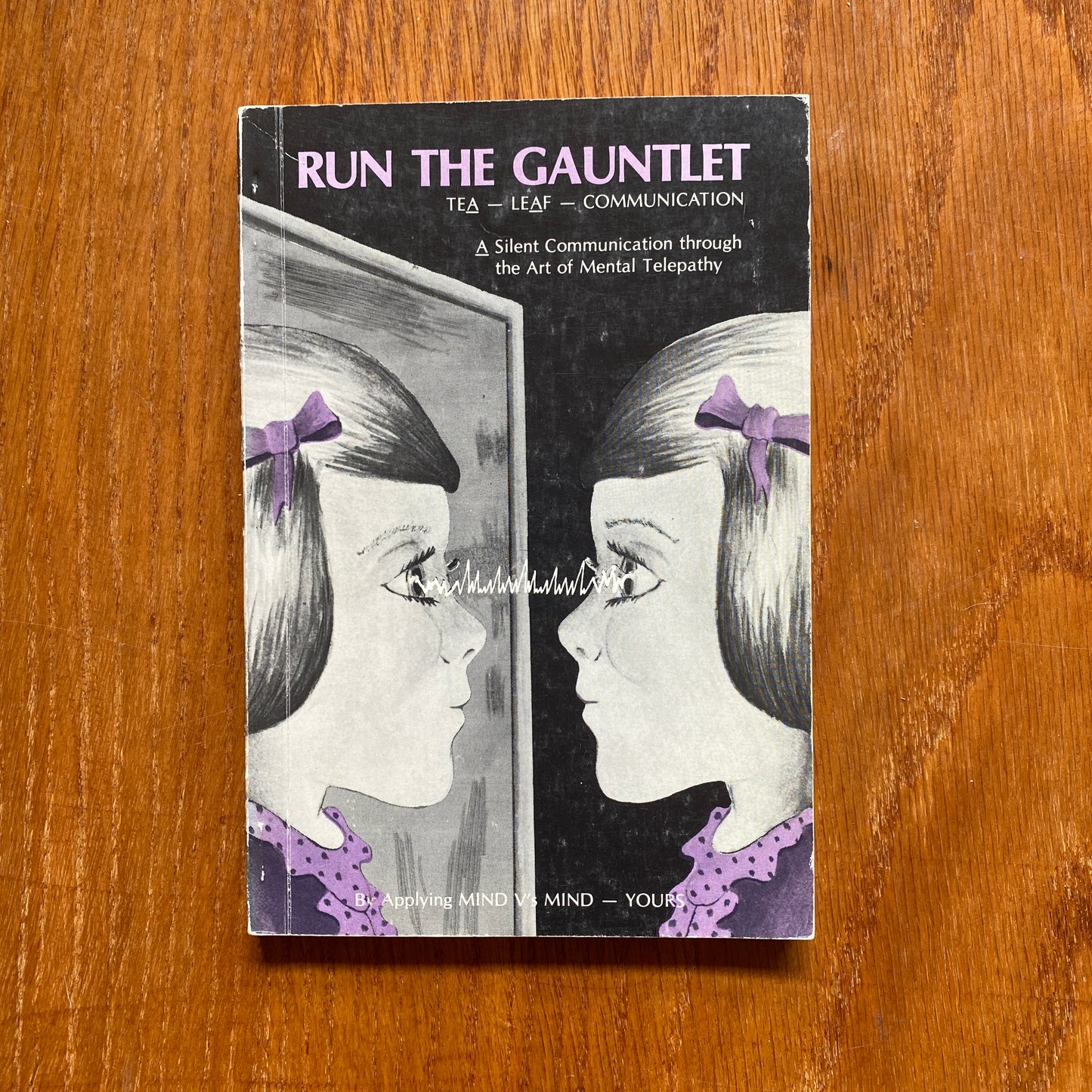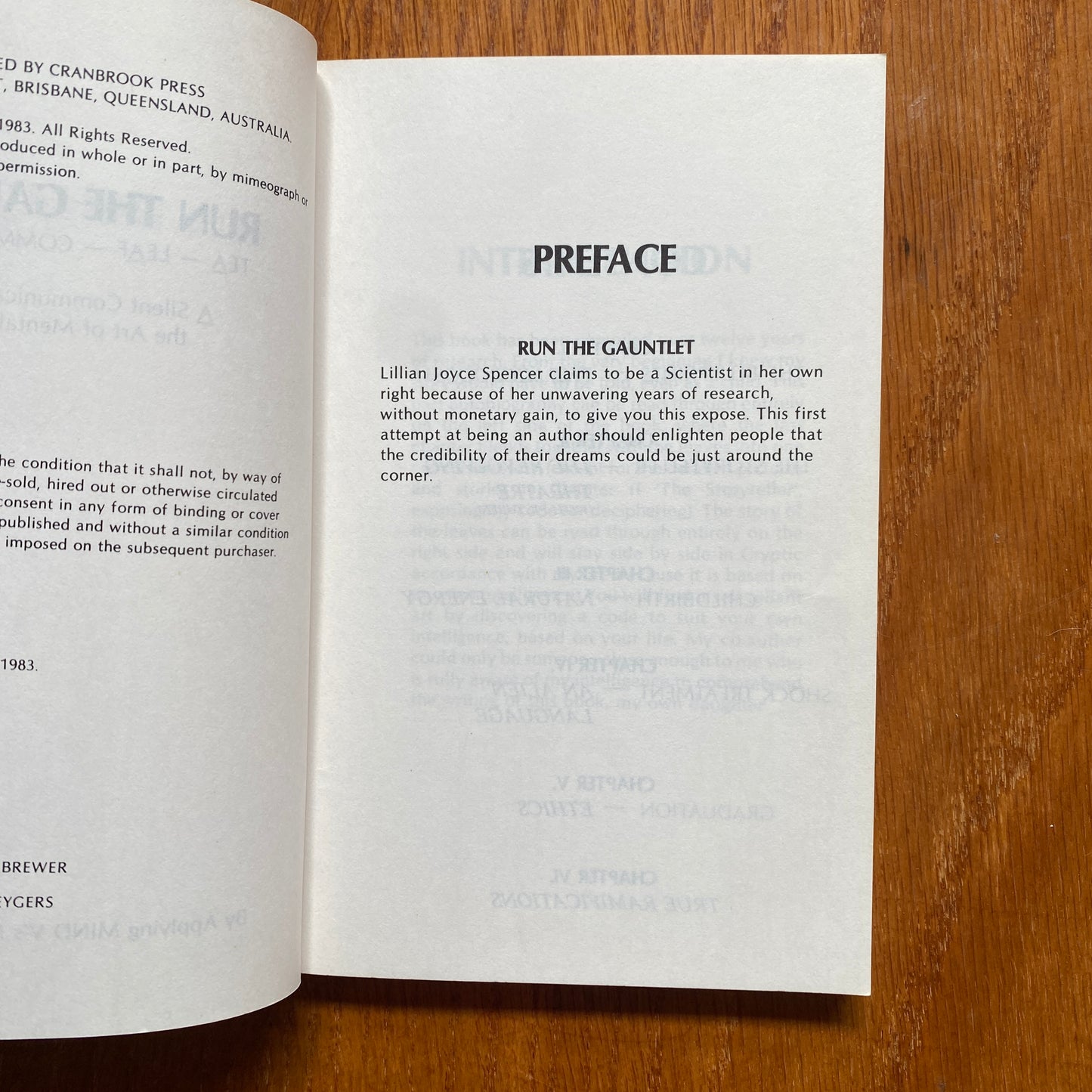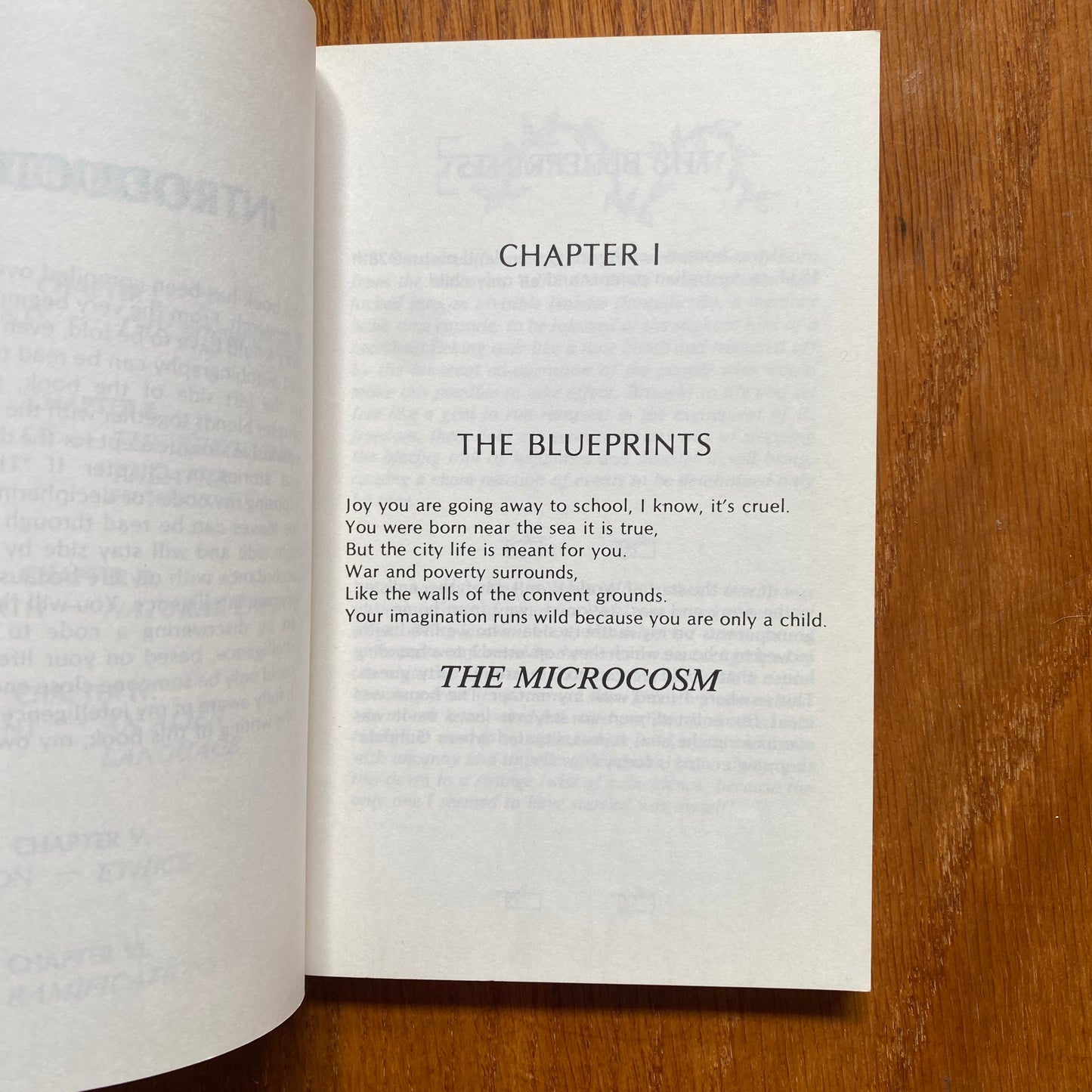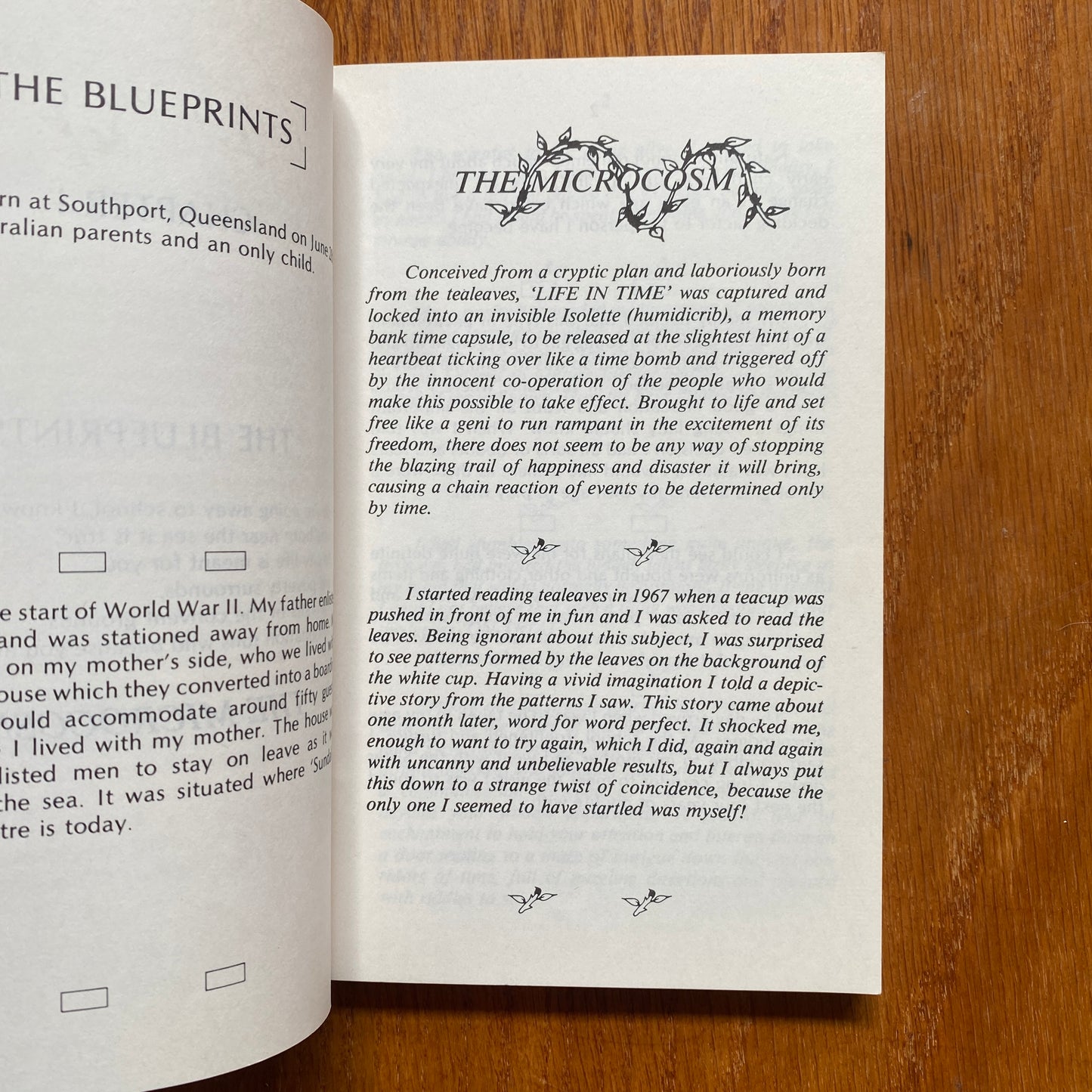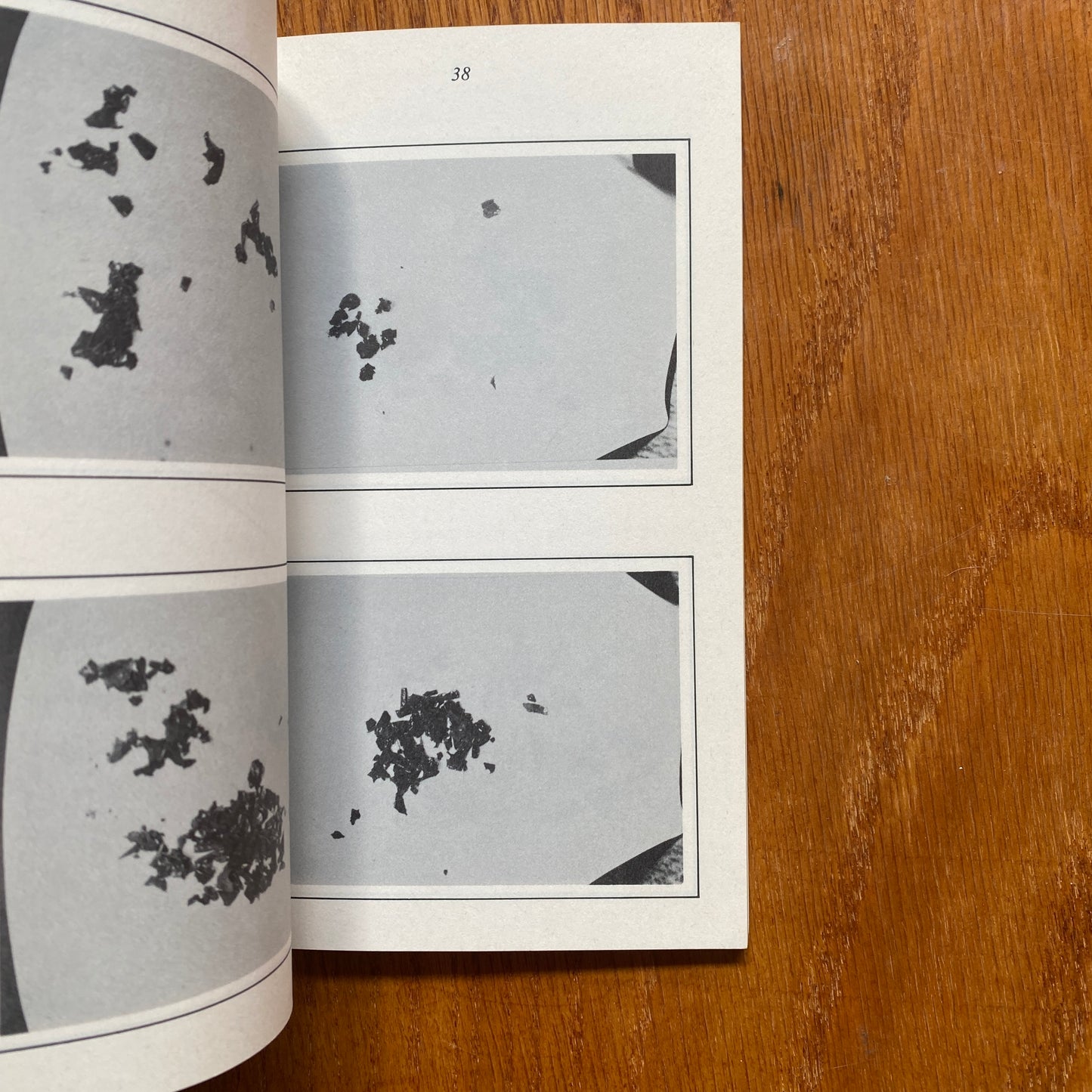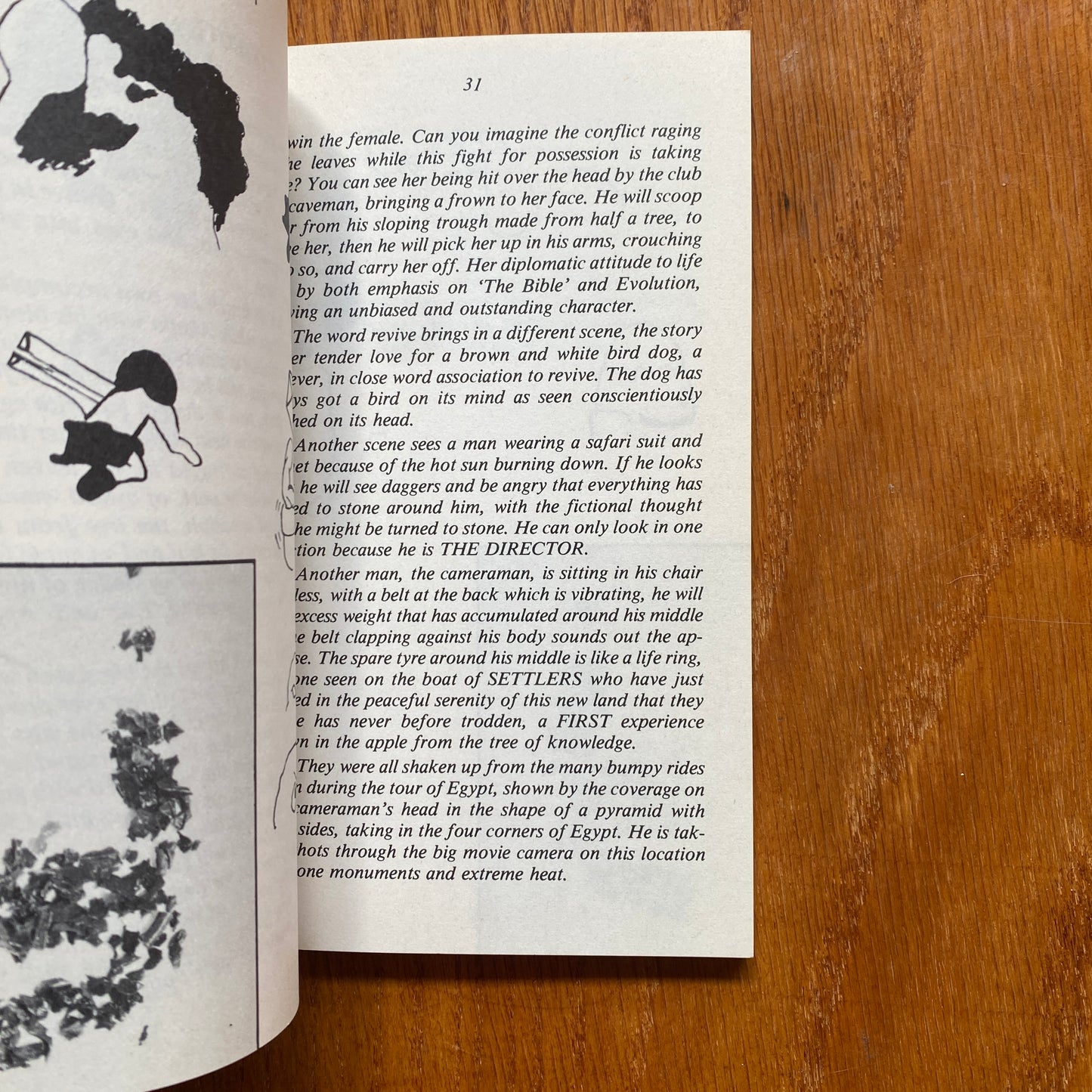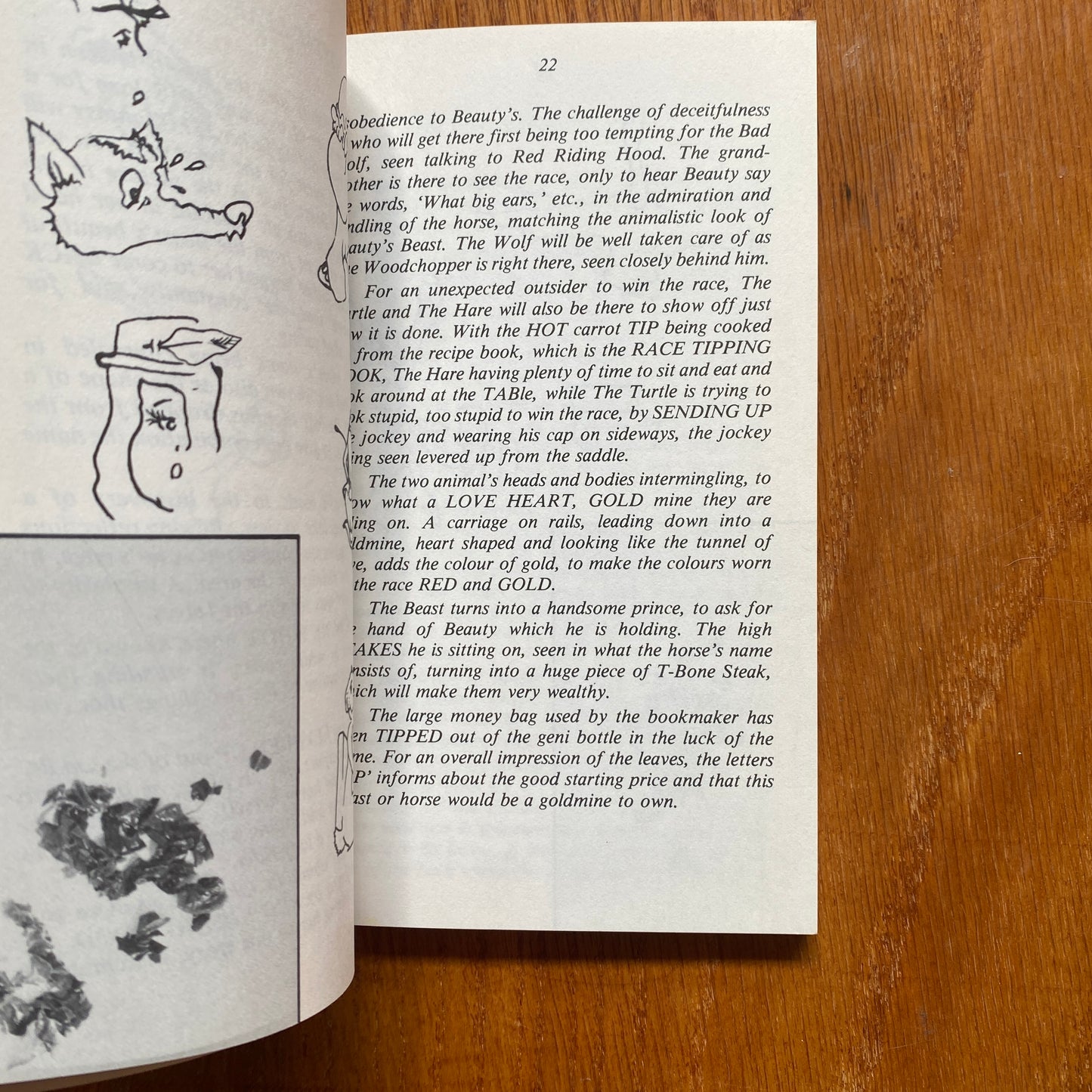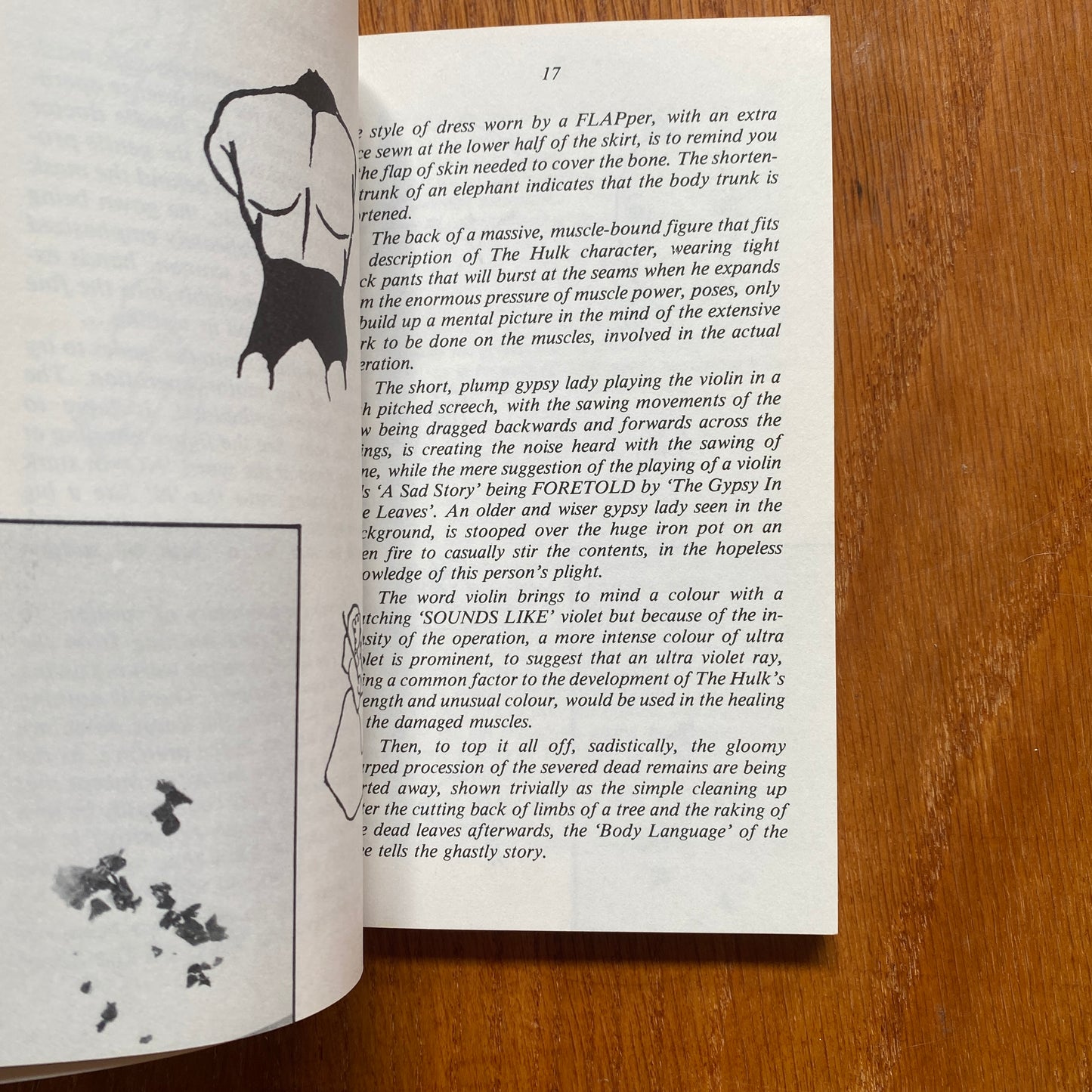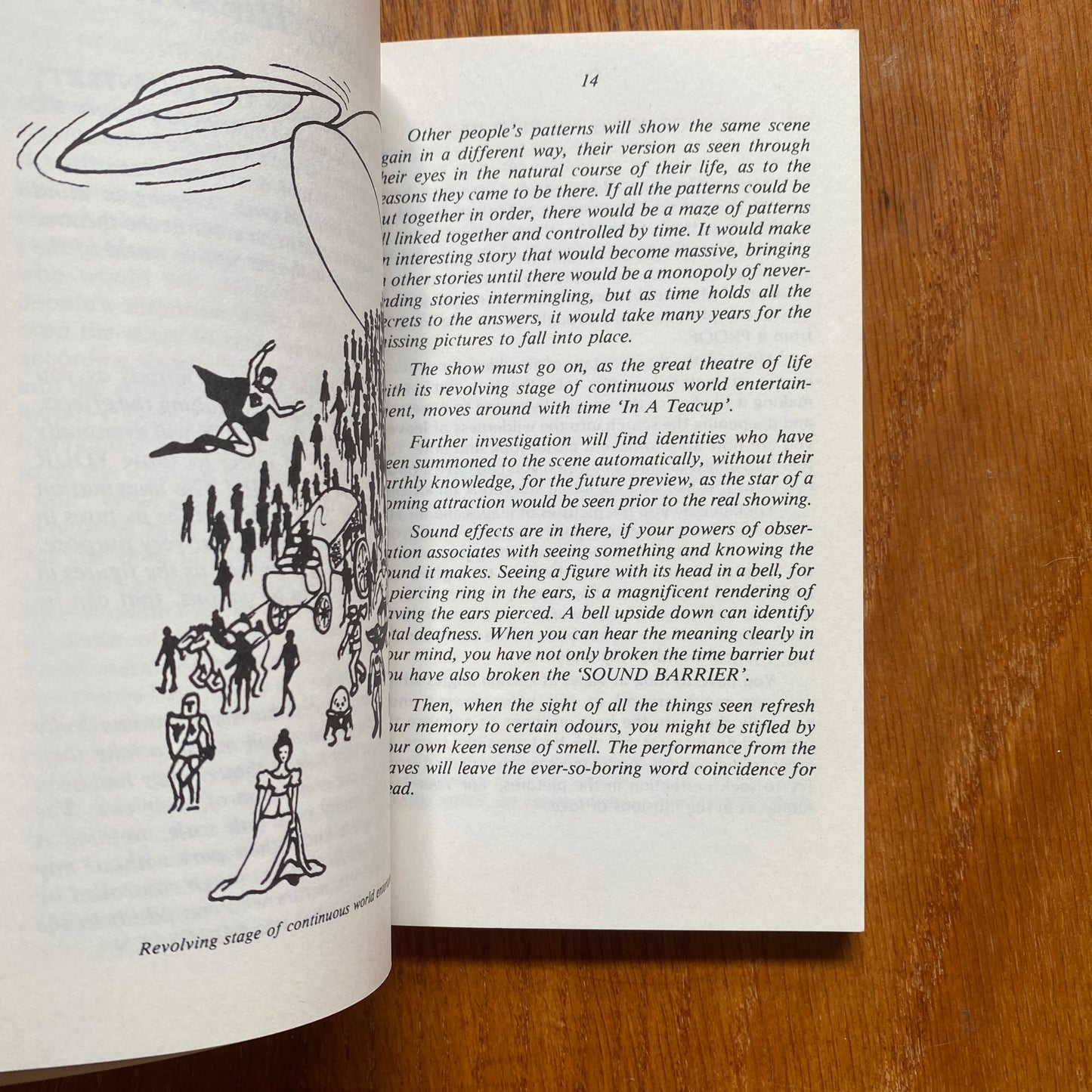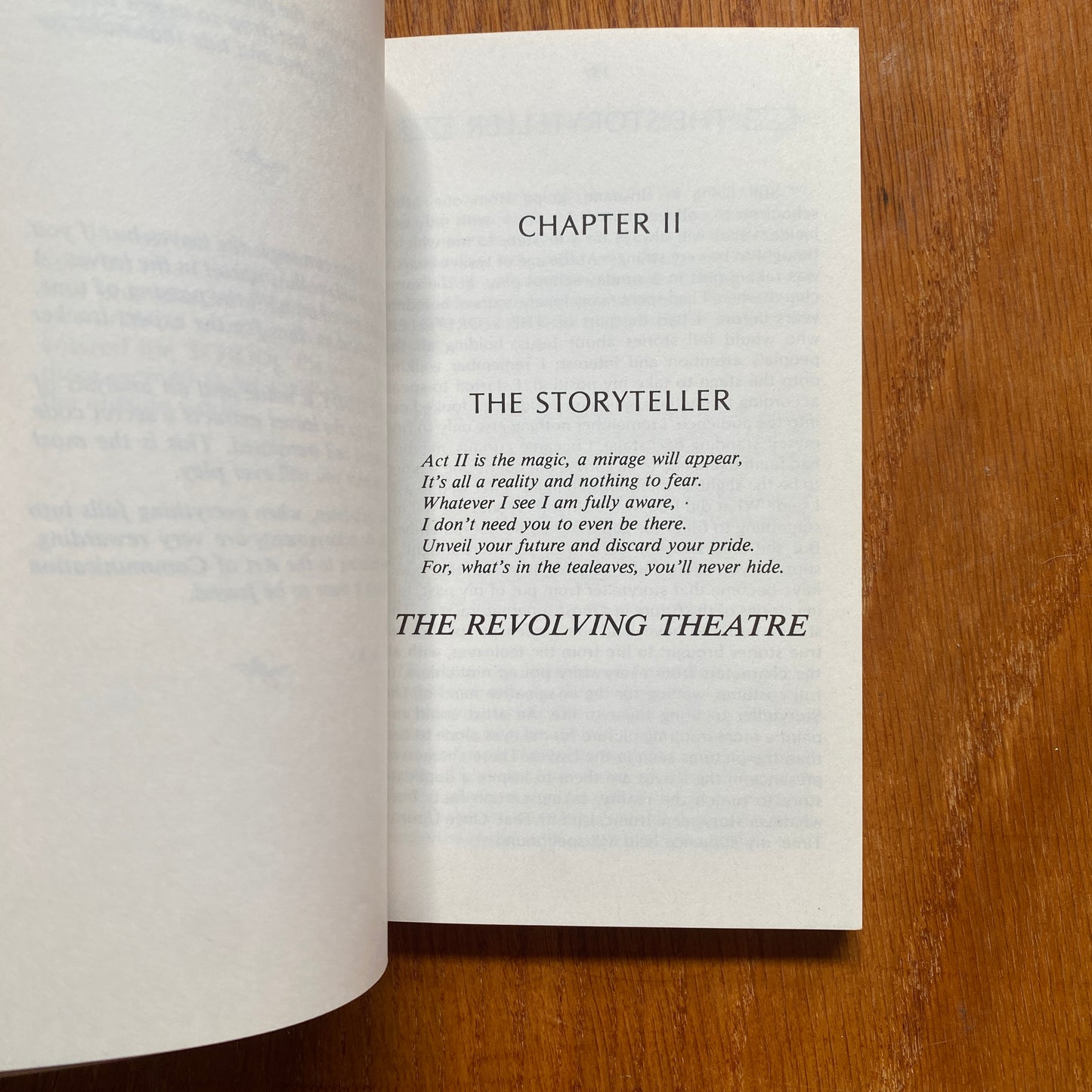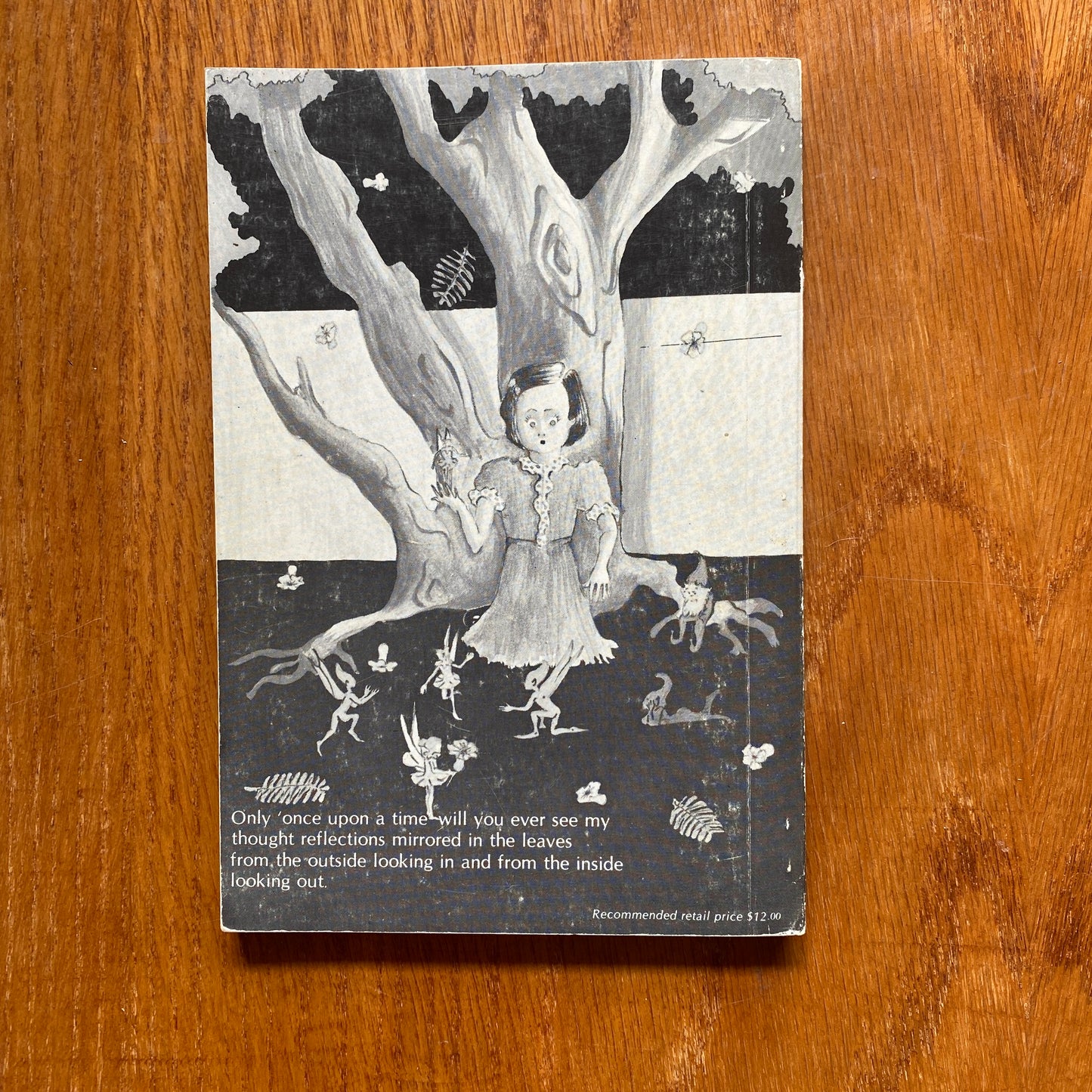Rumorbooks
Run the Gauntlet: Tea Leaf Communication : a Silent Communication Through the Art of Mental Telepathy by Applying Mind Vs. Mind - Lillian Joyce Spencer
Run the Gauntlet: Tea Leaf Communication : a Silent Communication Through the Art of Mental Telepathy by Applying Mind Vs. Mind - Lillian Joyce Spencer
Couldn't load pickup availability
Tasseography (also known as tasseomancy, tassology, or tasseology) is a divination or fortune-telling method that interprets patterns in tea leaves, coffee grounds, or wine sediments.
Tasseomancy followed the trade routes of tea and coffee and was practiced by both Baltic and Slavic nations. It is closely related to the Romani people, whose nomadic lifestyle contributed to the spread of the practice, though its exact origins are unknown. Throughout its history, different regions have practiced it with slight variations which indicates that this form of divination was an oral tradition. It is not considered a closed cultural practice, but oftentimes it is traditional to ask permission from a Romani elder as a sign of respect.
Western tasseography can be linked to medieval European fortune tellers who developed their readings from splatters of wax, lead, and other molten substances.
According to different sources, coffee fortune-telling first appeared in the Ottoman Palaces in the 1500s. Turkish coffee is a coffee culture that later spread to Bosnia, the Middle East and the Balkans, and then to many parts of the world. But coffee fortune telling is mostly a form of fortune-telling belonging to Turkish culture. When they were bored, the concubines in the harem used to drink Turkish coffee and tell each other fortunes to chat and gossip.
Share
